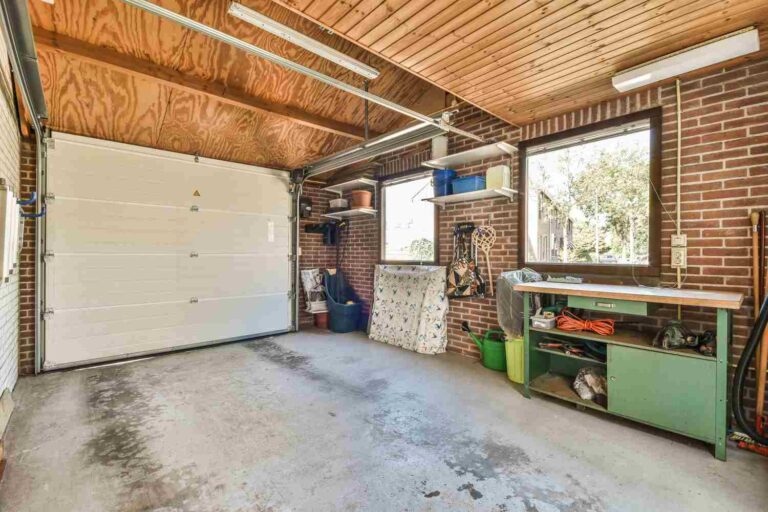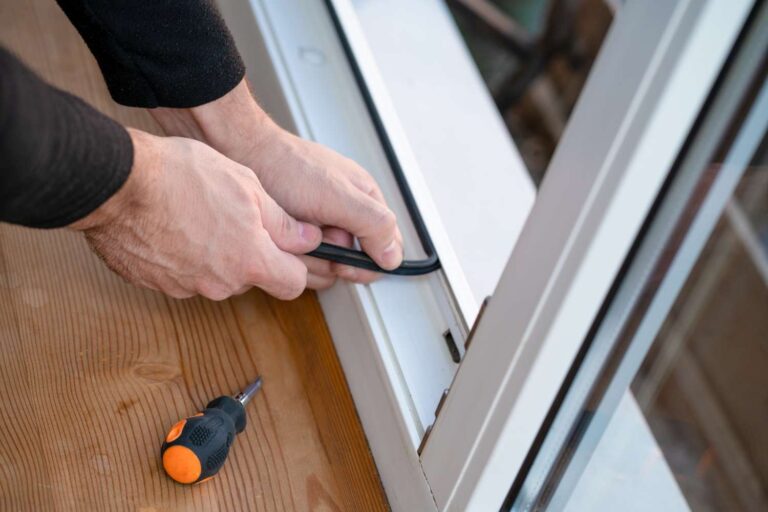- 17 September 2024
- 5 min read
The cost of a new kitchen – what expenses do you have to take into account?

Table of contents
Average cost of a new kitchen – how much money do you need to have?
What is the average cost of a new kitchen? The cost of a new kitchen in the UK can vary widely based on factors such as the size of the kitchen, the quality of materials, and the extent of renovations required. On average, a new kitchen can cost between £5,000 and £12,000. Budget kitchens might start as low as £3,000, while luxury kitchens can exceed £28,000.
Breakdown of costs:
- Cabinetry – price of new kitchen – Basic units start from £835, with higher-end options costing up to £18,000.
- Worktops – prices range from £250 for laminate to £1,800 for premium materials like marble or granite.
- Appliances – depending on the brand and quality, appliances can add between £2,000 and £5,000.
- Installation – labour costs can vary but typically fall between £1,000 and £5,000.
Additional expenses:
- Plumbing and electrical work – moving or adding new plumbing and electrical outlets can significantly increase costs, with plumbers and electricians charging around £30 to £60 per hour.
- Flooring and tiling – these can add between £7 and £80 per square metre, depending on the material chosen.
To manage costs effectively, consider sourcing some materials yourself, reusing existing elements where possible, and obtaining multiple quotes from different suppliers and installers. Planning and careful budgeting are key to achieving your desired kitchen within your financial means.
What to think about when arranging a kitchen?
Arranging a kitchen involves careful planning to create a functional, efficient, and aesthetically pleasing space. Start with the layout, optimizing the work triangle (stove, sink, refrigerator) for smooth workflow. Common layouts include L-shaped, U-shaped, galley, and island designs.
Storage is crucial; consider deep drawers, pull-out shelves, and a pantry. Ensure ample countertop space for food prep near the stove and sink. Good lighting is essential: task lighting for work areas, ambient lighting for the overall space, and accent lighting for aesthetic appeal.
Choose appliances that fit your cooking habits and space, opting for energy-efficient models. Proper ventilation via a range hood or exhaust fan is necessary. Select durable, easy-to-clean materials like granite or quartz for countertops.
Focus on accessibility with ergonomic features like pull-out shelves and strategically placed appliances. Style your kitchen to reflect your taste, with a cohesive color scheme and decorative elements. Finally, plan within your budget, prioritizing essentials while maintaining quality and functionality.
How much does it cost to design a kitchen?
The cost new kitchen design a kitchen varies depending on the complexity and level of customization. On average, hiring an independent kitchen designer can cost between £500 and £5,000. Many kitchen suppliers offer design services included in the price of their kitchens to encourage purchase. For high-end projects, design fees can be higher, reflecting detailed planning and bespoke features. Additionally, some designers charge a percentage of the total project cost, typically ranging from 5% to 10%. Always get detailed quotes and understand what services are included in the design fee to avoid surprises.
What to save on and what not to scrimp on when creating a new kitchen?
Save on:
- Cabinet interiors – use cost-effective materials for the inside of cabinets.
- Handles and knobs – affordable options can still be stylish and functional.
- Lighting fixtures – budget-friendly lighting can still provide good ambiance and functionality.
Don’t scrimp on:
- Worktops – invest in durable, high-quality materials like granite or quartz.
- Cabinetry – well-built cabinets ensure longevity and functionality.
- Appliances – opt for reliable, energy-efficient appliances for better performance and savings over time.
Prefabricated kitchen sets vs bespoke kitchen
Prefabricated kitchen sets:
- Pros – cost-effective, quicker installation, and standardized quality.
- Cons – limited customization may not fit all spaces perfectly.
Bespoke kitchen:
- Pros – tailored to your specific needs and space, high-quality materials, unique design.
- Cons – more expensive, longer lead time for design and installation.
Doing the kitchen yourself or with the help of a professional company?
Choosing between doing the kitchen yourself or with the help of a professional company involves weighing the pros and cons. DIY kitchen projects can save money and offer personal satisfaction and flexibility in timing. However, they can be time-consuming, require specific skills, and there’s a risk of making mistakes. On the other hand, hiring a professional company ensures expert craftsmanship, faster completion, and typically comes with a warranty on the work. The downside is higher costs and less personal involvement. Opt for DIY if budget and hands-on experience are priorities; choose professionals for quality, speed, and reliability.
FAQ
Here, we address common questions to help you understand the key aspects of creating your dream kitchen.
An average cost of a new kitchen UK can vary between £5,000 and £12,000 on average, depending on size, materials, and complexity.
Building a new kitchen typically takes between 3 to 5 weeks, depending on the project’s complexity and size.
The cost of hiring a kitchen fitting company in the UK can vary based on several factors, including the complexity of the job, location, and the level of customization required. On average, kitchen fitters charge between £250 and £350 per day. For a medium-sized kitchen, the total fitting cost can range from £3,000 to £5,000, which includes labor for installing units, worktops, and appliances.
If additional work is needed, such as plumbing, electrical work, or plastering, these services can add to the overall cost. For example, plumbers and electricians typically charge between £30 and £60 per hour, and plastering costs can range from £200 to £400 depending on the job’s scope.
When designing a kitchen, it is generally better to match the appliances to the kitchen furniture to ensure a cohesive look and functional integration with the overall design and layout.
When replacing an old kitchen, you can sell or donate the usable parts, recycle the materials, or repurpose them for other home projects to minimize waste and benefit others.
You might be interested in...
- Building advice

17 September 2024
Fundamentals of scaffolding
Scaffolding is a crucial temporary structure in construction, used to support workers and materials at elevated heights. There are several types of scaffolding: supported scaffolding, suspended scaffolding, and mobile scaffolding. Regulations mandate that scaffolds support their weight plus four times the maximum intended load. Workers need specific training on the scaffolding they use, including safe operation, hazard recognition, and understanding of load capacities.
- Building advice

17 September 2024
What is the cost of converting a garage?
Cost of converting a garage into a room, for example, in the UK can vary basing on several factors. Typically, a basic garage conversion costs between £7,500 and £15,000. More extensive projects, including plumbing, electrical work, and high-end finishes, can range from £15,000 to £30,000 or more. Key factors influencing the cost include the size and layout of the garage, the quality of materials used, the need for insulation and heating, and compliance with local building regulations. Obtaining detailed quotes from local contractors is essential for an accurate estimate.
- Building advice

17 September 2024
Window seal repair by yourself – DIY guide
To repair window seal by yourself is a practical and cost-effective DIY project. This guide will help you understand the basics of identifying seal damage and choosing the right materials for the repair. With a few tools and some patience, you can restore your window’s insulation and functionality, enhancing your home’s comfort and energy efficiency. Follow these steps to ensure a successful repair and maintain the integrity of your windows.